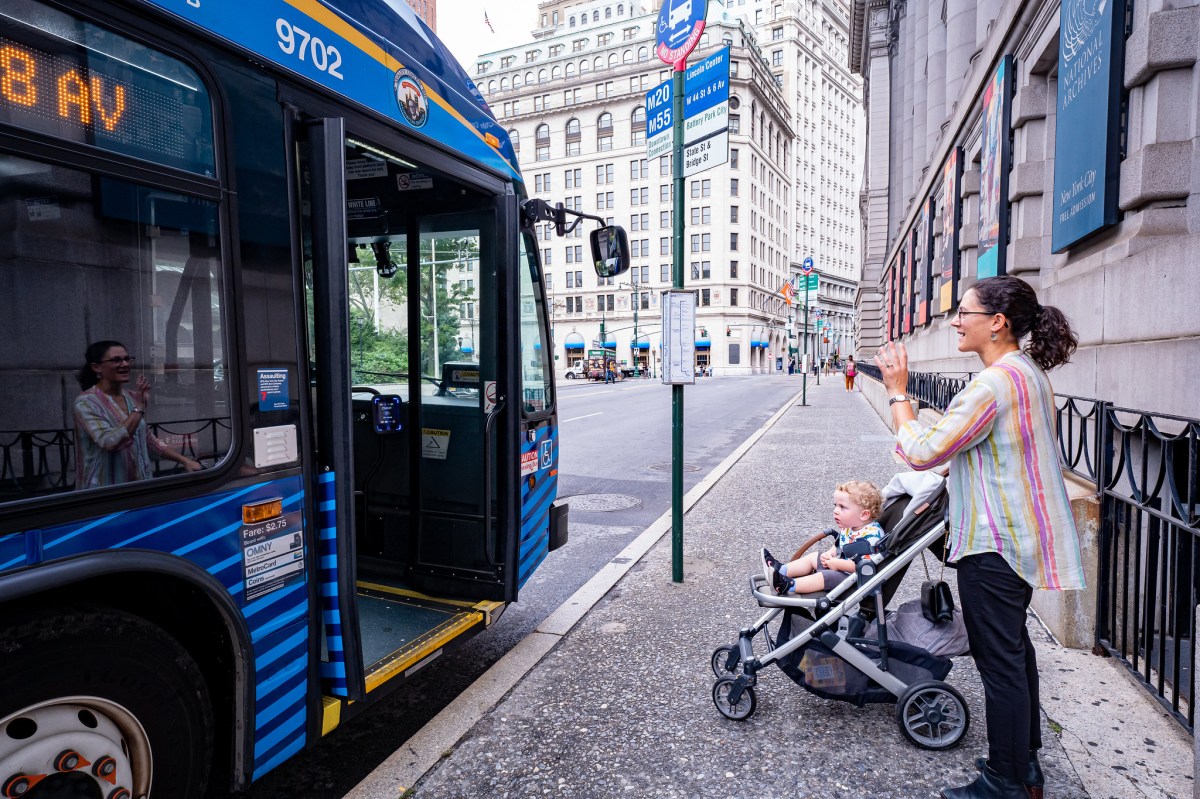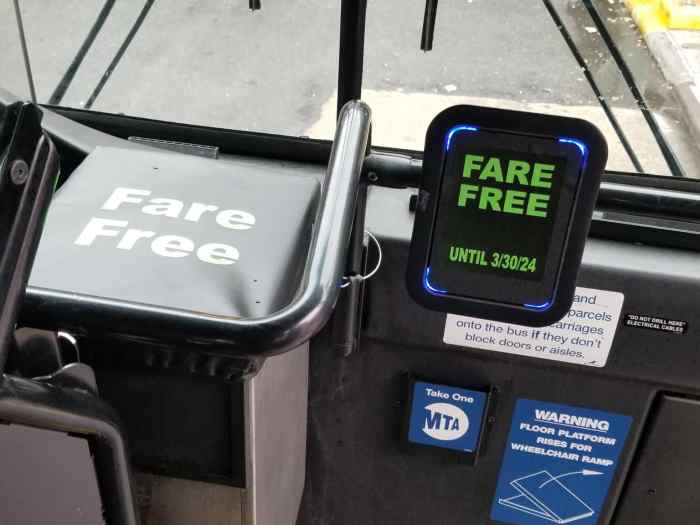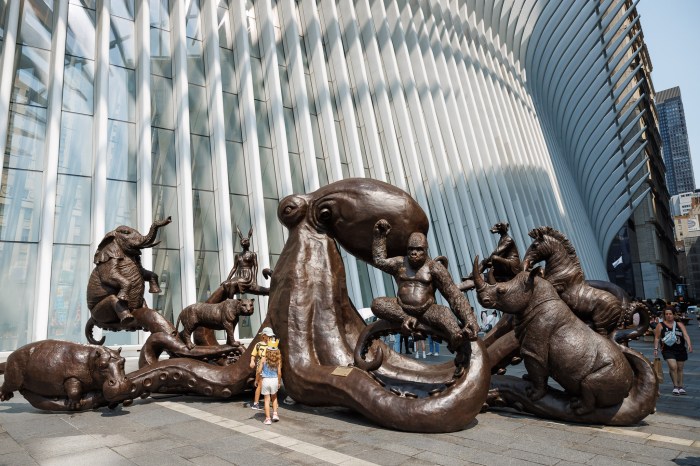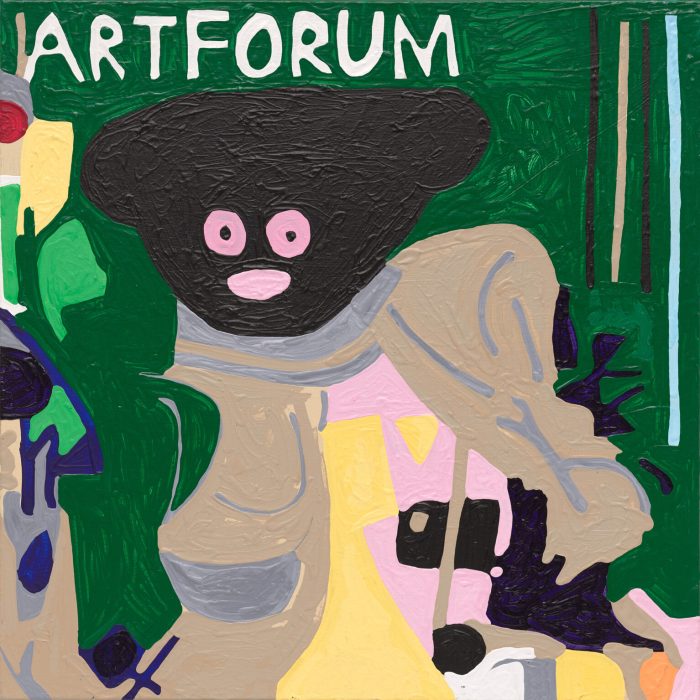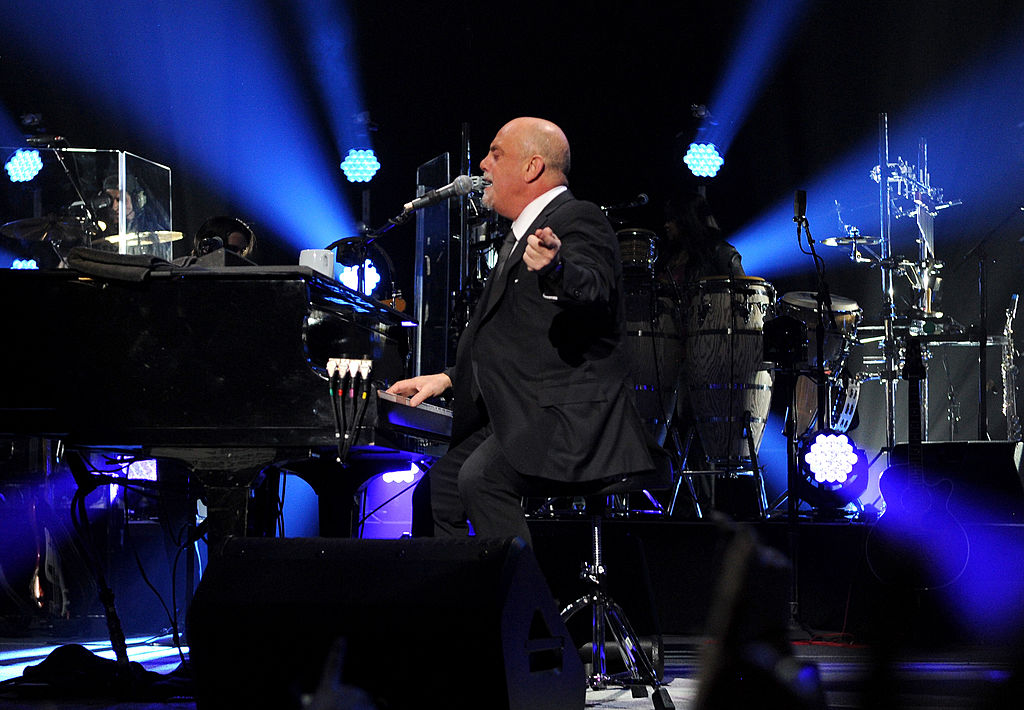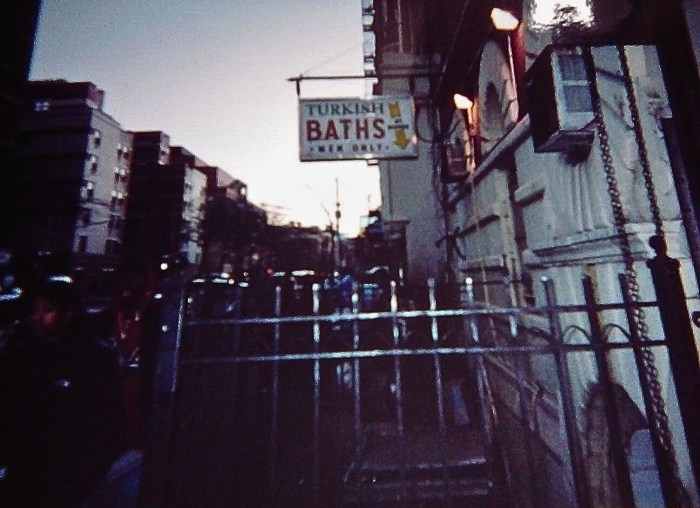Progressive state lawmakers on Wednesday unveiled a proposal that they claim would not only save the Metropolitan Transportation Authority from impending financial doom, but would actually “fix” the beleaguered authority by improving service and making buses free.
Assemblymember Zohran K. Mamdani and state Senator Michael Gianaris, who both represent western Queens and are the package’s primary sponsors, say the MTA’s problems go well beyond the fiscal, including unreliable service and aging, crumbling infrastructure. They say the issues aren’t inevitable and are fixable with political will.
“Ask any New Yorker across this city, and they can tell you, the budget shortfall isn’t the MTA’s only crisis,” said Mamdani in a video introducing the package. “If you’ve ever waited more than 10 minutes for a train, sat on a bus going 5 mph, or been the only person waiting on a platform, you know there’s a lack of investment in our city’s public infrastructure. We don’t just need to fill the MTA’s deficit, we need to fix the MTA.”
Free bus service would be phased in over the next four years under the plan, except on express buses. The phase-in would go borough-by-borough, starting with the Bronx in the first year, then Brooklyn the following year, then Queens, and finally Manhattan and Staten Island.
New York wouldn’t be the first American city to try making buses free: all buses in Washington DC will be free by next summer, while in Boston, fare collection has been suspended on a number of bus lines.
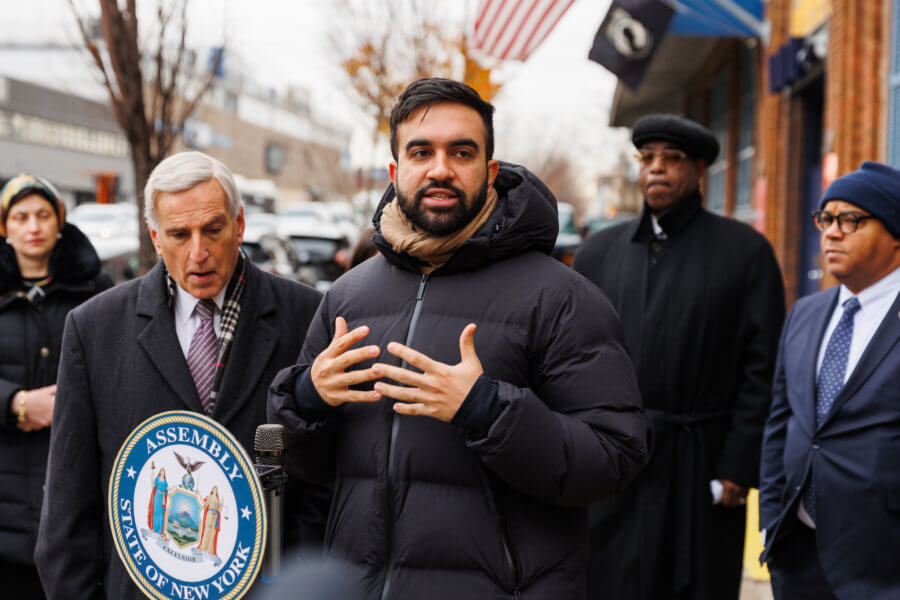
“It’s not pie-in-the-sky stuff. It’s precedented. And it’s possible,” said Mamdani. “The only thing that’s missing is the political will.”
The proposal would also freeze transit fares at $2.75, rejecting a fare increase sought by the MTA likely to bring the cost of a ride over $3 by 2025. It would also require 6-minutes-or-better subway service and a 20% increase in bus service systemwide.
All told, the plan would cost $3.26 billion per year, which the sponsors argue is just a drop in the bucket compared to the state’s overall budget. Immediate funding could come from remitting the internet sales tax back to the MTA, bringing in about $329 million annually, and by extending the MTA’s ability to engage in “value capture” whereby part of the increased economic activity generated by transit investment, like real estate development, is reinvested in the system.
More money could come from increased taxes on the wealthiest New Yorkers, with progressives recently calling on the state to levy $40 billion in new taxes on the rich to fund essential public services.
The call for increased service comes as the MTA finds itself in a financial tailspin. $15 billion of federal COVID-19 operating aid is running dry, and with transit ridership stagnant at around 60% of pre-pandemic levels, the agency — which is required by law to balance its budget — is looking at multi-billion dollar deficits in the coming years.
To address that, the agency has proposed a major cost-cutting initiative while also proposing its first fare increases since 2015; the MTA Board is likely to approve up to 5.5% fare increases this month on transit for the coming year, and with another on the way in 2025, the cost of a train or bus ride could rise to as high as $3.05.
Even the austerity measures can’t plug the MTA’s fiscal hole entirely, and agency honchos have been pleading with city, state, and federal lawmakers for new, recurring streams of revenue to keep mass transit working for New Yorkers.
A spokesperson for Governor Kathy Hochul did not respond to a request for comment by press time. She and Mayor Eric Adams on Wednesday introduced the “New New York” blueprint which, among other things, calls for creating a new “sustainable operating budget model for the MTA” that prevents painful fare hikes or service cuts.
Details on what that could entail were scant, but the plan cites as objectives increasing off-peak subway service, speeding up buses, and decreasing the price of commuter rail within city limits.
An MTA spokesperson did not comment on the specific proposal but said the agency is working with elected officials on models for sustainable funding.

“The Governor and Mayor’s New New York Panel just recommended a sustainable operating budget for the MTA, and we are hearing from legislators who are stepping up with a range of ideas to address New York’s mass transit funding crisis,” said MTA spokesperson John J. McCarthy. “We look forward to working with all our partners in Albany, City Hall, and Washington over the next few months to identify new recurring revenues so we can deliver the essential mass transit services that are the economic and equity engine of the region.”
The progressives’ plan got endorsements from advocates for riders and for sound governance.
“Albany leaders should put saving and investing in a sustainable vision for public transit at the top of their agenda in January,” said Danna Dennis, senior organizer with the Riders Alliance, in a statement. “With seamless service we can count on and a new funding model that no longer balances the transit budget on riders’ backs, this bold platform from Senator Gianaris, Assembly Member Mamdani and their colleagues will deliver on the promise of a more inclusive New York.”
Good government group Reinvent Albany, meanwhile, praised aspects of the package aimed at making the MTA’s operations more transparent, including new reporting requirements for capital projects and greater representation on the MTA Board for riders.
“We thank Assemblymember Mamdani, Senator Gianaris and other legislators for working on this package to address the MTA’s fiscal cliff before it is too late, while also increasing accountability and transparency,” said Rachael Fauss of Reinvent Albany. “Riders deserve meaningful reforms that will show how their fares and tax dollars are being spent, building trust in the MTA as new investments in service are being made.”
Read more: Train Service Resumes After Train Incident in NYC



